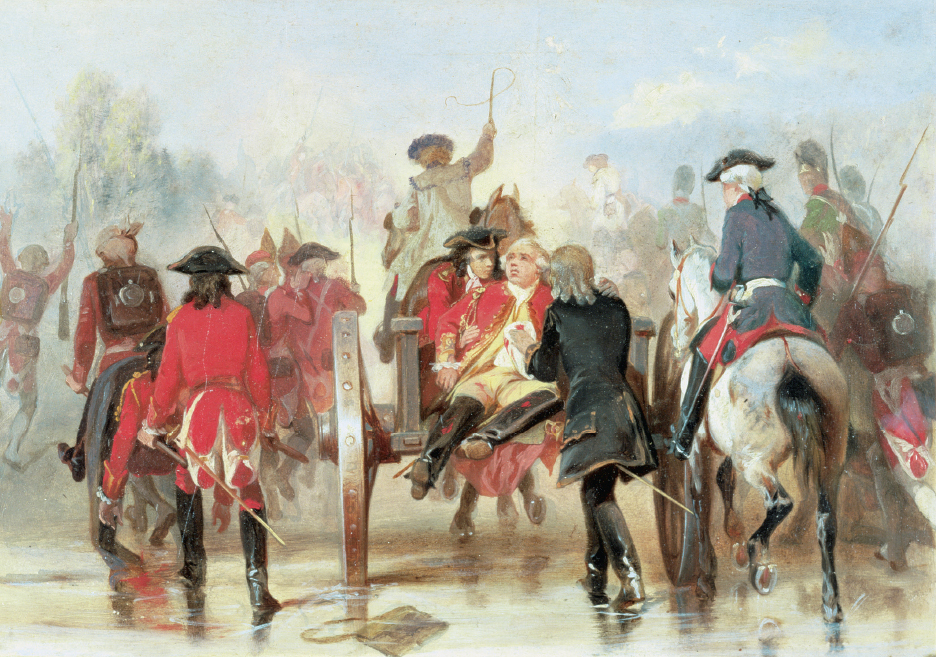America’s History: Printed Page 77
America: A Concise History: Printed Page 65
America’s History: Value Edition: Printed Page 63
Rise of the British Atlantic World
 © Chicago History Museum, USA/The Bridgeman Art Library.
© Chicago History Museum, USA/The Bridgeman Art Library.
These population movements were part of the larger growth and development of the Atlantic World, a phrase historians use to refer to the quickening pace of contacts and exchanges connecting Europe, Africa, and the Americas. The rise of the British Atlantic was a layered phenomenon that began with the strength of Britain’s transatlantic shipping networks, which in turn laid the foundation for large-scale population flows, rising economic productivity, and dramatic cultural transformations. The growing power of its navy, merchant marine, and manufacturing sector allowed Britain to dominate the eighteenth-century Atlantic. Much of the cultural impact of its maritime power derived from two further developments: the print revolution, which brought a vast array of ideas into circulation; and the consumer revolution, which flooded the Atlantic World with a wide array of newly available merchandise.
The British Atlantic World gave rise to four critically important cultural developments. It spread Enlightenment ideas and helped to create a transatlantic community of literati interested in science and rationalism; it supported communities of Pietists who promoted the revival and expansion of Christianity; it gave well-to-do colonists access to genteel values and the finery needed to put them into action; and, by making such an abundance of consumer goods available, it encouraged colonists to go further into debt than they ever had before.